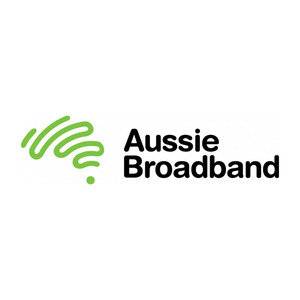Live now!
Website is slow right now but live chat and the sales phone number are processing orders.
1000/50 - $149 a month
250/25 - $129 a month
Check what speed tier your HFC can get
Some things to be aware of:
Because this is a new plan, we don't yet know what the typical evening peak speed will be, so you'll notice that our Critical Information Summary and Key Fact Sheets for now just list the 250 plan peak evening speeds. We think the plan should achieve off-peak speeds of up to 80-90%, depending on the technology type.




A gigabit connection for $150/m? In my country?! On HFC?!?!